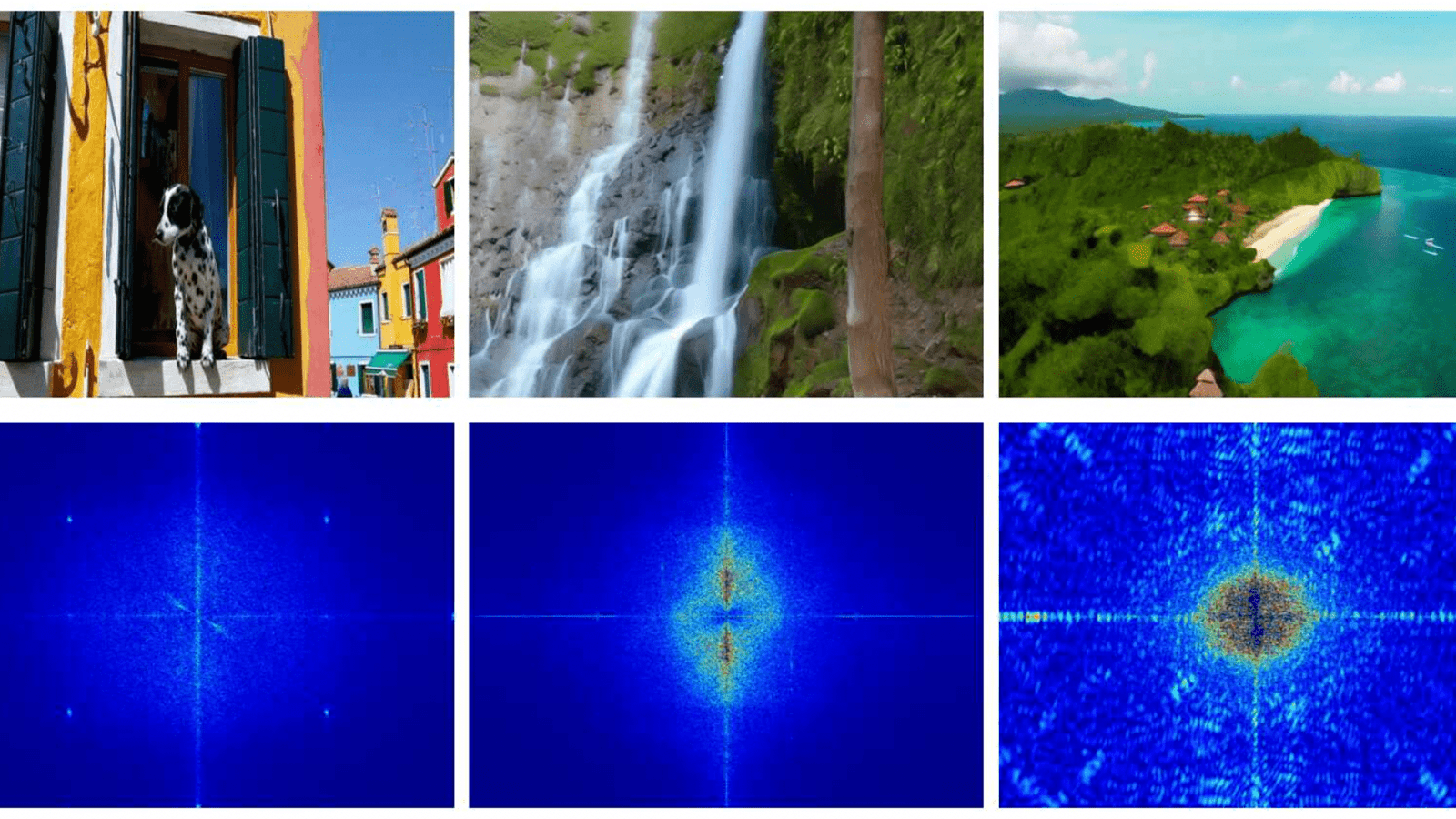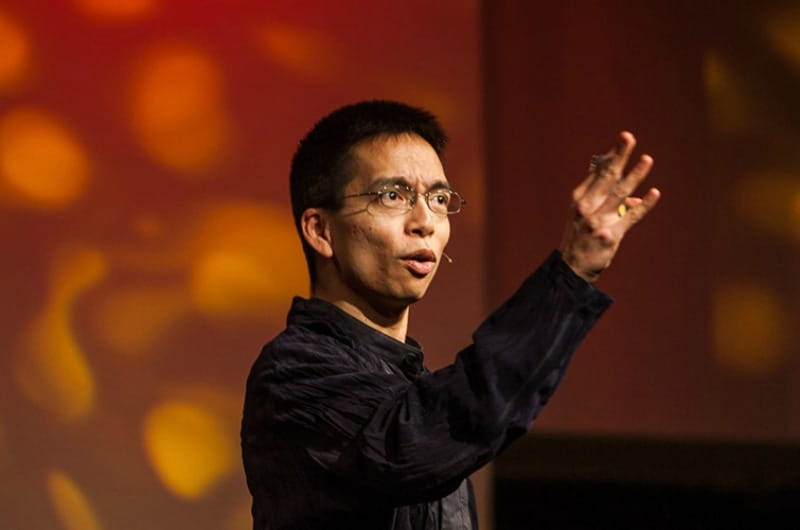Drexel’s Learning Innovation Program Launches With Speaker Series
 By Ben Seal
By Ben Seal

- On the Trail of Deepfakes, Drexel Researchers Identify ‘Fingerprints’ of AI-Generated Video
- New AI-Technology Estimates Brain Age Using Low-Cost EEG Device
- Bolstered by Research Consortium with Drexel, Jefferson’s Sidney Kimmel Cancer Center Earns NCI Comprehensive Cancer Center Designation
- Alyssa Kemp Named as 2024 Truman Scholar

John Maeda, former president of the Rhode Island School of Design, will launch the Learning Innovation program's speaker series Jan. 24.
The first microcomputers burst onto the scene in the 1970s, immediately expanding the technological capacity of anyone who knew how to use them. By the 1980s, they had taken hold in schools and were a mainstay in classrooms across the country, with Drexel leading the charge by becoming the first university to require students to have a personal computer. But there was still plenty of ground to cover to ensure they were being used to their full potential.
With the spread of new tools for "making," such as 3D printing, low-cost electronics prototyping and cloud-based coding, opportunities to learn, design and build are now expanding in a similar way, according to Brian Smith, PhD, a professor and director of the Learning Technologies and Creativity and Innovation programs in Drexel’s School of Education. And so, once again, new advances have created the need for a comprehensive survey and conversation on how innovative approaches to learning can be deployed in classrooms and communities. Drexel has stepped into that void with the Learning Innovation program, an initiative aimed at researching, discussing and implementing creative educational solutions.
“There are so many new ideas, methods, practices and technologies that are impacting learning, and it seems like every day we hear something new,” said Youngmoo Kim, PhD, director of the ExCITe Center and the project’s leader. “We’re really taking a look at that in a broad way. The other half [of the initiative] is learning how innovation happens.”
The three-pronged program, which will connect educators, designers, builders and policy advocates, kicks off Jan. 24 with the first in a six-part series of conversations with leaders in the realm of learning innovation. Kim will moderate a discussion in the Mitchell Auditorium with John Maeda, the global head of computational design and inclusion at web developer Automattic and former president of the Rhode Island School of Design.
Maeda embodies the ideas the program plans to investigate because he brings “so many different lenses to look at the creativity that goes into art and design, how technology fits into that, and how we continually learn and reinvent ourselves,” Kim said. Future speakers will focus on media in classrooms and educational neuroscience, among other topics, and the conversations will take place on a roughly bimonthly basis over the next year. Details on upcoming speakers will be announced as they are finalized.
In addition to the speaker series, the second and third facets of the initiative are a national survey of “maker spaces,” led by Smith, and the launch of pilot programs at Drexel to put some of the ideas gathered throughout the process into practice. The funding for Learning Innovation, which came from an anonymous foundation, will also provide for a co-op fellowship for a student interested in pursuing work that reflects the initiative’s mission.
The survey of maker spaces, which Smith referred to as “shop class on steroids,” is meant to take a look at the landscape of innovation and determine where and how people are learning and which methods best utilize the available resources. The pace of change is often slow when it comes to the way people learn, Kim said, so focused work is required to avoid unnecessary delays. For example, it took years for STEM (Science, Technology, Engineering and Math) education to transition to STEAM (which incorporates the arts and design) — and Maeda was one of the leaders pushing for that revision.
Now that change is happening, it leaves a host of questions lingering in academic circles, Smith said. What does it mean to learn in these newly formed spaces, and how is that learning facilitated? What’s the role of a teacher? How might educators engage students in the future in ways they’ve not yet contemplated?
Smith will be joined in his research by Kareem Edouard, who is completing a PhD in the learning sciences at Stanford University and created his own maker space to teach 3D motion capture and virtual reality development to students in East Palo Alto, California. The study will look into spaces across the country, with a particular focus on the innovation happening in Philadelphia. The initial plan was to visit 10 spaces — in schools and community centers, museums and libraries — but Smith has since realized it will take a much broader view to take a proper account. His aim is to release recommendations that can guide people interested in developing a space of their own, with a focus on ideas rather than technical details.
“Sometimes people think, ‘I’m going to make a maker space, so what kind of equipment should I get?’” said Smith. “We’d like to find ways to get people to say, ‘I’ve got a $10,000 budget to make a maker space. What do I want kids to learn and how do I sustain that and how do I make sure it’s inclusive?’”
Given the new tools available to people working in spaces like the ExCITe Center, it was time for a concerted effort to describe the educational path forward, Kim said. Where exactly the research takes he and his colleagues, though, will be determined by the challenges and solutions they find along the way.
“Half of the time it’s not even about answers,” said Kim. “It’s about learning new questions."
In This Article
Drexel News is produced by
University Marketing and Communications.